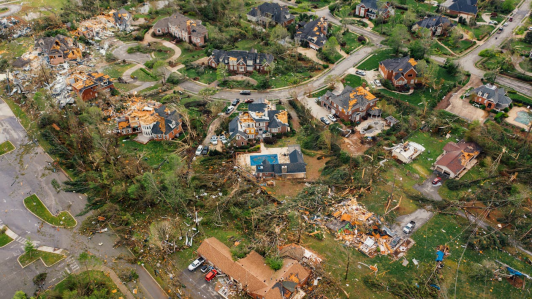
Clearwater, Florida, with its beautiful coastline and tropical climate, is no stranger to severe storms and hurricanes. These natural disasters can leave behind a trail of destruction, causing significant damage to properties and disrupting lives. Proper cleanup and restoration are crucial for recovery and safety.
This comprehensive guide will walk you through effective storm damage cleanup in Clearwater, covering everything from safety tips and cleanup techniques to the importance of professional assistance.
Storm Damage Impact
Clearwater experiences numerous storms and hurricanes each year due to its geographical location. Clearwater residents enjoy a fair share of sunshine, but between June and November, the hurricane season brings an average threat of 2 tropical cyclones per year, according to the National Oceanic and Atmospheric Administration (NOAA). These storms cause millions of dollars in property damage, impacting homes, businesses, and infrastructure.
Common Types of Storm Damage
Wind Damage: High winds can tear off roofs, break windows, and uproot trees, leading to structural damage and debris.
Water Damage: Heavy rainfall and storm surges can cause flooding, leading to water damage in homes and businesses.
Structural Damage: Severe storms can compromise the structural integrity of buildings, making them unsafe.
Debris: Storms often leave behind a significant amount of debris, including fallen trees, branches, and construction materials.
Safety First: Precautions and Preparations
Before the Storm
Emergency Kit: Assemble an emergency kit with essentials like water, non-perishable food, flashlights, batteries, first aid supplies, and important documents.
Evacuation Plan: Have a clear evacuation plan and know the nearest shelters.
Secure Property: Reinforce windows and doors, secure outdoor furniture, and trim trees to minimize potential damage.
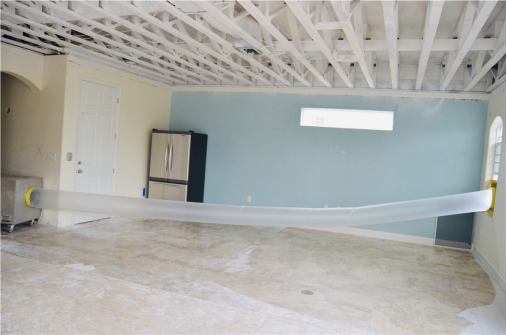
After the Storm
Assess Safety: Before starting any cleanup, ensure that it is safe to enter the property. Look for structural damage, downed power lines, and other hazards.
Wear Protective Gear: Use gloves, boots, masks, and safety goggles to protect yourself from debris, mold, and contaminants.
Avoid Floodwaters: Stay clear of standing water, which may be contaminated or electrically charged.
Immediate Steps for Storm Damage Cleanup
1. Initial Assessment and Documentation
Conduct a thorough assessment of the damage. Document everything with photos and videos for insurance claims. Note the extent of damage to structures, furniture, electronics, and personal belongings.
2. Secure the Property
To prevent further damage, secure the property by boarding up broken windows and doors, covering roof damage with tarps, and ensuring that there are no immediate safety hazards.
3. Water Extraction
If there is flooding, water extraction is a priority. Use pumps, wet/dry vacuums, and dehumidifiers to remove standing water and moisture from the property. This step is crucial to prevent mold growth and further structural damage.
4. Debris Removal
Clear out debris, including fallen trees, branches, and other materials. Proper disposal is essential, and in some cases, professional debris removal services may be required.
5. Drying and Dehumidification
Once the water is removed, the property needs to be thoroughly dried. Use industrial-grade fans and dehumidifiers to dry walls, floors, and furniture. This process can take several days but is vital to prevent mold and mildew.
6. Cleaning and Sanitizing
Clean and sanitize all affected areas to remove contaminants and bacteria. Use appropriate cleaning agents and disinfectants, especially in areas affected by floodwaters.

Professional Assistance: When and Why It’s Necessary
Expertise and Equipment
Professional storm damage restoration companies have the expertise and specialized equipment to handle complex cleanup tasks efficiently. They use advanced technology for water extraction, drying, and mold remediation, ensuring thorough and effective cleanup.
Comprehensive Services
Professional restoration services provide a comprehensive approach, addressing all aspects of storm damage. This includes structural repairs, electrical system checks, HVAC cleaning, and more.
Safety and Health
Handling storm damage can pose significant safety and health risks. Professionals are trained to deal with hazardous materials, structural instability, and mold, ensuring the safety of the property and its occupants.
Insurance Claims Assistance
Navigating insurance claims can be challenging. Restoration companies often assist with documentation and communication with insurance providers, streamlining the claims process and ensuring that you receive adequate compensation.
Steps in Professional Storm Damage Restoration
1. Detailed Assessment and Planning
Professionals conduct a thorough assessment to determine the extent of the damage and create a detailed restoration plan. This includes identifying immediate repairs and long-term restoration needs.
2. Water Mitigation and Drying
Using industrial-grade equipment, professionals quickly extract water and thoroughly dry the property. They monitor moisture levels to ensure complete drying and prevent mold growth.
3. Mold Remediation
If mold is detected, professionals use specialized techniques to remove and treat affected areas, ensuring that mold does not spread or pose health risks.
4. Structural Repairs
Professionals repair structural damage, including roof repairs, window replacements, and rebuilding damaged walls and foundations. This ensures the property is safe and sound.
5. Final Cleaning and Sanitizing
A thorough cleaning and sanitization process is carried out to remove any remaining contaminants and ensure the property is safe for occupancy.
Choosing the Right Restoration Company
Local Expertise
Choose a company with local expertise in Clearwater. They are familiar with common types of storm damage in the area and have experience handling local weather-related incidents.
Certifications and Experience
Ensure the company is certified by relevant authorities such as the Institute of Inspection, Cleaning and Restoration Certification (IICRC). Experience in storm damage restoration is crucial for effective cleanup and repair.
Comprehensive Services
Select a company that offers comprehensive storm damage recovery services in Clearwater, from initial assessment to final repairs. This ensures all aspects of the damage are addressed.
Customer Reviews and References
Check customer reviews and ask for references to gauge the company’s reputation and quality of service. Positive feedback and testimonials are indicators of reliable service.
Insurance Coordination
A good restoration company should assist with insurance claims, helping you navigate the process and ensuring you receive the compensation you’re entitled to.
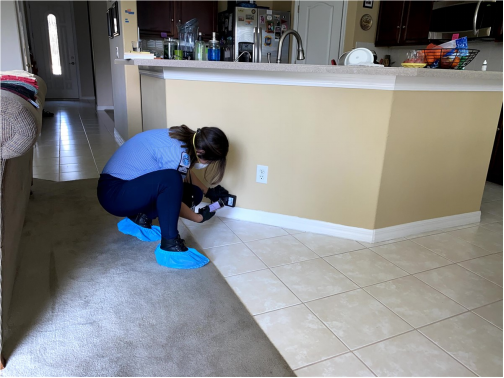
Facing water damage in Clearwater? Flood Pros USA offers immediate emergency water damage cleanup, 24/7 flood cleanup assistance, and fast emergency flood recovery. Our expert team provides comprehensive storm damage cleanup and restoration, ensuring swift storm damage recovery and efficient storm damage repair. Trust us for professional storm damage restoration and professional commercial property restoration in Clearwater.
We specialize in effective flood damage repairs and swift flood damage recovery, delivering professional water damage restoration and comprehensive water damage repairs. Contact us for reliable storm damage recovery services and expert storm damage restoration in Clearwater.
Subscribe to Flood Pros USA's Blog


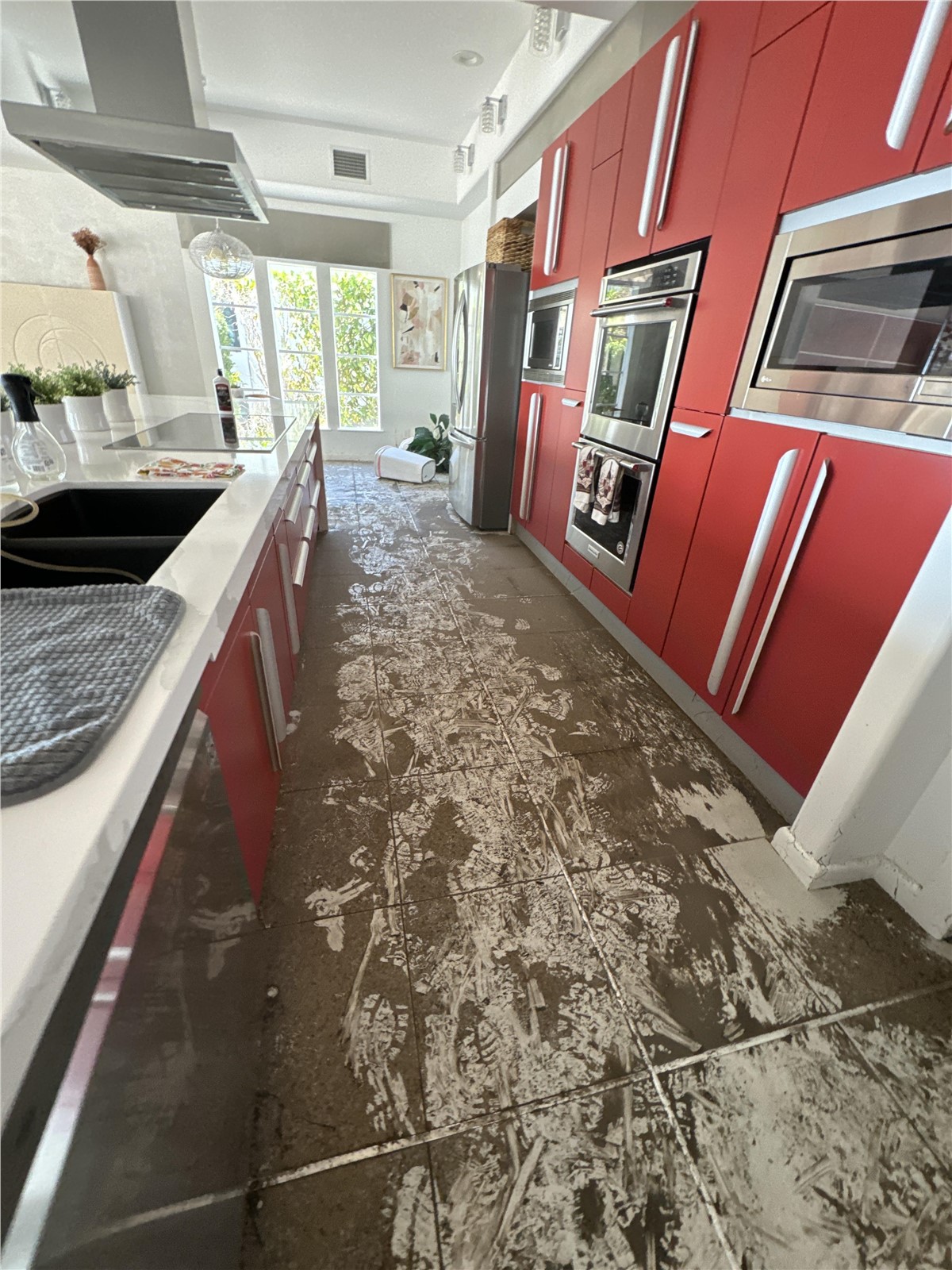
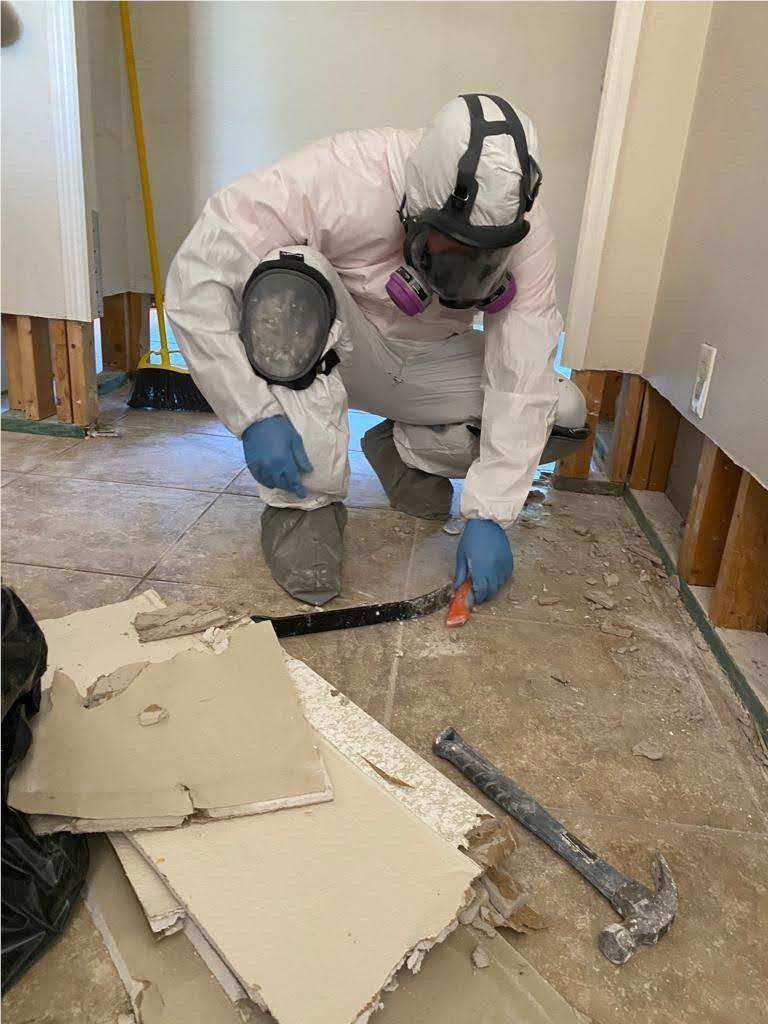

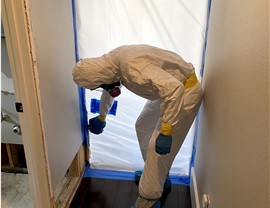

Comments